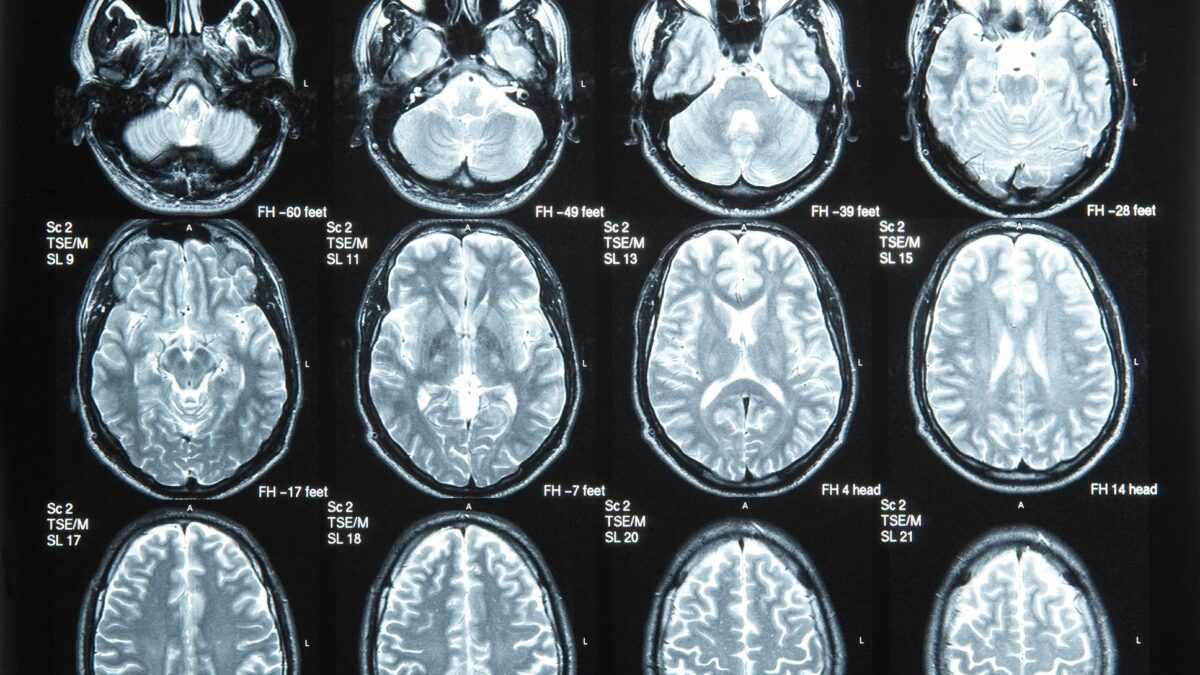Cerebral palsy is a common condition, and one that can be lived with quite well if it is approached in the right way. It is actually a group of neurological disorders, all of which are lifelong conditions that affect movement and coordination. It is caused by a problem with the brain, one that can either develop before the baby is born or afterwards. The more fully we understand it, the better, so let’s take a look right now at some of the main things you should know about this group of conditions.

What Are The Symptoms?
Because there are many kinds of cerebral palsy, the symptoms can vary quite a lot. However, some of the main ones are well-known. Cerebral palsy symptoms are not usually obvious right after birth. Normally, they become clearer after a couple of years. The caregiver might notice that the child is not reaching the normal developmental milestones in time, such as not walking by 18 months. Or the child might be too stiff or floppy, or have weak limbs and fidgety movements. The problems and their severity can all vary massively, so that’s important to bear in mind here.
Getting Help
One thing is sure: if it seems that your child has cerebral palsy, you are going to want to get some help. As it happens, there are a lot of different kinds of help that you can get and which you might want to look out for, so that’s good news. You just need to ensure that you get it as soon as possible. Once you get connected with experts, you’ll have a much clearer idea of how to approach the issue, and what kind of help your child might need. That will give you a much better sense of what it’s going to be like.
Treating The Condition
So how can cerebral palsy be treated? As it happens, there are quite a few different ways, although there is no cure for it. One of the most commonly applied treatments is physiotherapy, which can be enormously helpful in maintaining physical ability and improving movement issues. There is also speech therapy, to help with talking, and occupational therapy when they are older too. And there is a range of medicine that can be used to help with some of the more painful aspects of the condition too.
There Is Hope
Cerebral palsy is a serious condition which will profoundly affect someone’s life for its entire duration. There will be difficulties. However, there is also plenty of hope, and most people with cerebral palsy are able to live full and even independent lives, with some help from those around them. So if your child has been diagnosed with cerebral palsy, please don’t think of it as a death sentence. There is plenty of hope to be found, and your child can still have a wonderful life in so many ways. That is probably the main thing that you should remember about cerebral palsy.

















